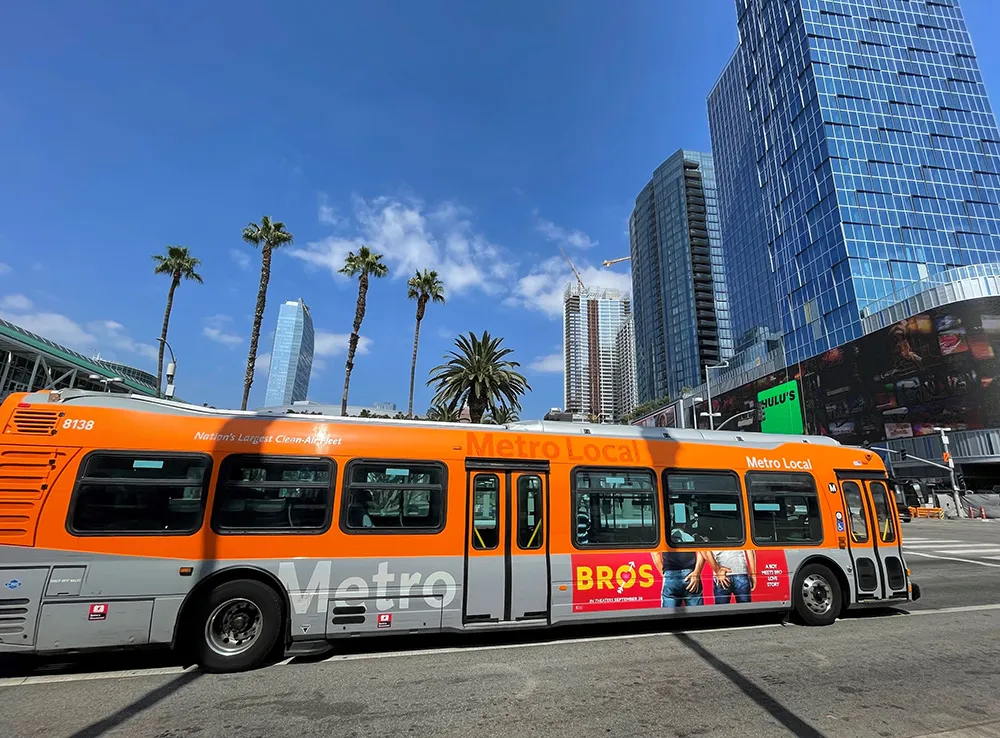Restarting city transportation systems following a natural disaster can take time. The impact of a storm cannot be predicted, but transportation systems and fleets of vehicles with embedded intelligence can provide the knowledge needed to get up and running faster. Machine to machine (M2M) technology can help collect and process information to better monitor and manage transportation systems on an ongoing basis. In the event of a disaster, technology could provide cities with critical data about bridges, r
November 6, 2012
Read time: 2 mins
Restarting city transportation systems following a natural disaster can take time. The impact of a storm cannot be predicted, but transportation systems and fleets of vehicles with embedded intelligence can provide the knowledge needed to get up and running faster.
Machine to machine (M2M) technology can help collect and process information to better monitor and manage transportation systems on an ongoing basis. In the event of a disaster, technology could provide cities with critical data about bridges, roads, rail, and other public transit systems, alerting leaders where action needs to be taken.
According to a recent report, technology can go even further, providing passengers with information about delays. A recent report suggests the penetration of on-board computer units with GPS and wireless communication in buses and trams will increase. With a smartphone, travelers can receive instant information about the expected arrival time of the public-transit system.
The report, from6817 Global Information, says the use of technology in buses and trams will increase from 40 per cent in 2011 to 56.1 per cent in 2016. Also, as a whole, ITS is expected to grow at an annual rate of 15%, reaching US$1.9 billion by 2016 in Europe alone.
ITS is also likely to see a some growth in the United States as well. MAP-21 (Moving Ahead for Progress in the 21st Century) provides funds for states to develop and implement an asset-management plan and grants to accelerate the use of ITS.
Aside from developments in the public sector, the private commercial vehicle telematics market is also set to grow at a compound annual growth rate of 9.09 per cent from 2011 to 2015, according to Global Information.
Machine to machine (M2M) technology can help collect and process information to better monitor and manage transportation systems on an ongoing basis. In the event of a disaster, technology could provide cities with critical data about bridges, roads, rail, and other public transit systems, alerting leaders where action needs to be taken.
According to a recent report, technology can go even further, providing passengers with information about delays. A recent report suggests the penetration of on-board computer units with GPS and wireless communication in buses and trams will increase. With a smartphone, travelers can receive instant information about the expected arrival time of the public-transit system.
The report, from
ITS is also likely to see a some growth in the United States as well. MAP-21 (Moving Ahead for Progress in the 21st Century) provides funds for states to develop and implement an asset-management plan and grants to accelerate the use of ITS.
Aside from developments in the public sector, the private commercial vehicle telematics market is also set to grow at a compound annual growth rate of 9.09 per cent from 2011 to 2015, according to Global Information.








